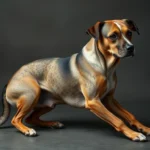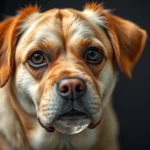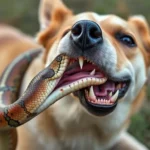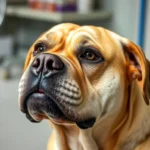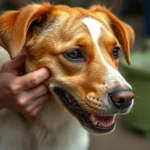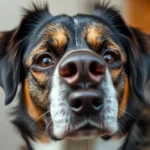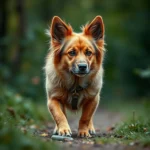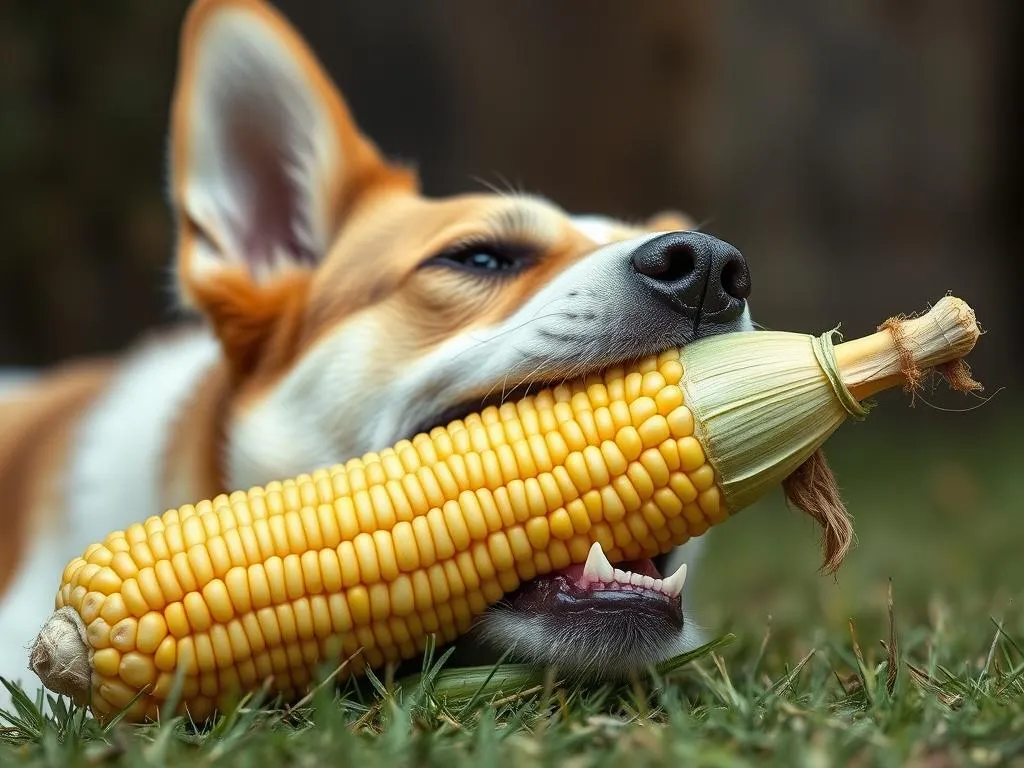
Introduction
As a loving dog owner, it can be alarming to discover that your furry friend has swallowed a foreign object, such as a corn cob. This incident is not uncommon, as many dogs are prone to chewing and ingesting items that catch their interest. Whether it’s due to curiosity, boredom, or simply a lack of understanding about what is safe to eat, dogs can sometimes make poor choices.
The importance of seeking veterinary advice when my dog swallowed a corn cob cannot be overstated. According to various veterinary studies, foreign body ingestion is one of the top reasons dogs require emergency care. In fact, statistics show that approximately 20% of dogs will experience a foreign body ingestion at some point in their lives.
In this comprehensive guide, we will delve into the reasons behind this behavior, the risks associated with corn cob ingestion, immediate actions to take, what to expect at the veterinarian’s office, home care tips, and preventive measures to keep your dog safe.
Understanding the Risks
Why Dogs Eat Foreign Objects
Dogs are naturally curious creatures. They explore their environment using their mouths, which often leads to the ingestion of non-food items. Common behaviors that lead to this include:
- Chewing: Dogs love to chew, and if they find something that smells interesting, they may chew it to explore further.
- Boredom: A lack of stimulation can drive a dog to chew on anything available, including corn cobs left unattended.
- Hunger: Sometimes, dogs may eat items out of hunger, especially if they are not receiving enough nutrition.
Corn cobs, in particular, can be enticing because they retain some food scent, are textured, and are often found during picnics or backyard barbecues.
Potential Dangers of Swallowing a Corn Cob
The ingestion of a corn cob can pose several serious health threats to your dog, including:
- Obstruction of the Gastrointestinal Tract: Corn cobs are rigid and can become lodged in the intestines, leading to a blockage that can cause severe pain and require surgical intervention.
- Risk of Perforation: The sharp edges of a corn cob can puncture the intestinal walls, leading to a potentially life-threatening situation known as peritonitis.
- Choking Hazards: If a corn cob is large enough, it can cause choking, especially in smaller breeds.
Symptoms to watch for after ingestion include:
- Vomiting or retching
- Abdominal pain or swelling
- Lethargy or lack of appetite
- Diarrhea, possibly with blood
If you notice any of these signs, it’s crucial to act quickly.
Immediate Actions to Take
Assessing the Situation
When you suspect that my dog swallowed a corn cob, the first step is to assess the situation. Look for signs of distress, such as:
- Excessive drooling
- Gagging or coughing
- Rapid breathing
- Restlessness or inability to find a comfortable position
These signs may indicate that your dog is in pain or struggling to breathe, necessitating immediate action.
When to Contact a Veterinarian
It’s essential to know when to contact a veterinarian. If your dog shows any of the above symptoms or if it has been over two hours since ingestion, you should call your vet. Providing detailed information can help the veterinarian assess the situation better. Be ready to answer questions such as:
- When did the incident occur?
- What size is your dog?
- Is your dog displaying any symptoms?
The earlier you seek help, the better the chances of a positive outcome.
What to Expect at the Vet’s Office
Initial Examination
When you arrive at the vet’s office, your veterinarian will perform an initial examination to assess your dog’s condition. This typically includes:
- Physical Examination: Checking for signs of pain, swelling, and discomfort in the abdomen.
- Medical History: Discussing your dog’s health history and any recent behavior changes.
Treatment Options
Depending on the situation, various treatment options may be available:
- Non-Invasive Treatments: If the corn cob is still in the stomach and your dog is stable, the vet may induce vomiting to remove it.
- Endoscopy: In some cases, a vet may use an endoscope to retrieve the corn cob without needing surgery.
- Surgical Interventions: If the corn cob has caused a blockage or perforation, surgery may be necessary to remove it and repair any damage.
Follow-up care will be essential, and your vet will provide you with specific guidelines based on your dog’s treatment.
Home Care and Prevention
Post-Treatment Care
If your dog is treated at home after a non-invasive procedure, it’s vital to monitor your pet closely. Guidelines for aftercare include:
- Rest: Ensure your dog has a quiet and comfortable space to recover.
- Diet: Follow your vet’s recommendations regarding food. You may need to start with a bland diet.
- Observation: Watch for any signs of complications, such as vomiting, lethargy, or changes in bowel movements.
Preventing Future Incidents
To minimize the risk of your dog swallowing harmful objects in the future, consider these preventive measures:
- Supervision: Keep a close eye on your dog during outdoor activities, especially around picnics or gatherings.
- Training: Teach your dog the “leave it” command to discourage them from picking up undesirable items.
- Safe Toys: Provide a variety of safe chew toys to satisfy their natural chewing instincts.
By taking these steps, you can help protect your dog from potential health hazards.
Frequently Asked Questions
Can dogs digest corn cobs?
Corn cobs are not digestible for dogs. While small pieces may pass through the digestive system without causing harm, larger pieces can lead to blockages. It’s crucial to monitor your dog closely if you suspect they have ingested a corn cob.
What if my dog shows no symptoms?
Even if your dog shows no symptoms, it is still important to consult your veterinarian. Some dogs may not exhibit signs of distress until a serious issue arises. Early intervention can make a significant difference in outcomes.
Are there any home remedies?
Many dog owners search for home remedies when their pet ingests a corn cob. However, it’s essential to avoid giving your dog anything without veterinary guidance. Common misconceptions include using hydrogen peroxide to induce vomiting, which can be dangerous and should only be done under a vet’s supervision.
Conclusion
In summary, the experience of discovering that my dog swallowed a corn cob can be distressing. However, understanding the risks, knowing how to react, and taking preventive measures can help ensure the safety and well-being of your canine companion. Always remain vigilant and proactive in seeking veterinary care for any health concerns regarding your dog. Responsible pet ownership involves not only caring for your dog’s immediate needs but also preventing incidents that could lead to emergency situations. With the right knowledge and care, you can help keep your dog safe and happy.
